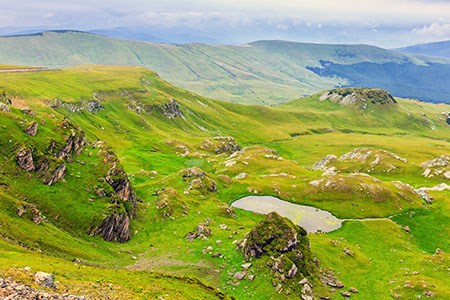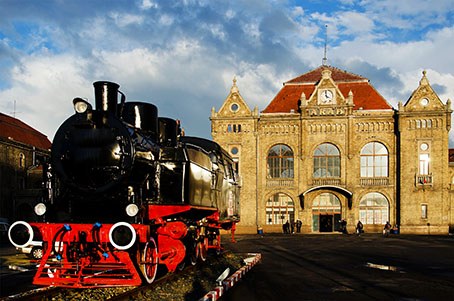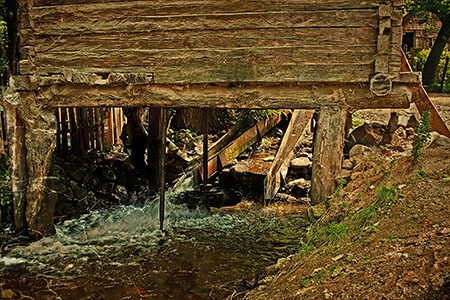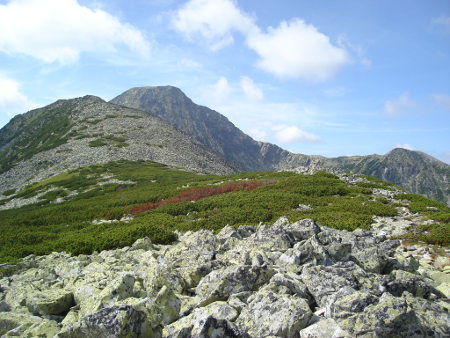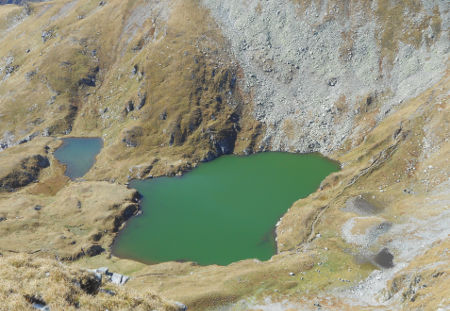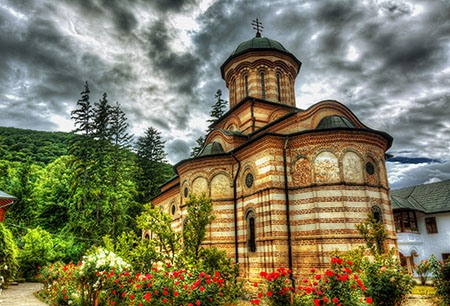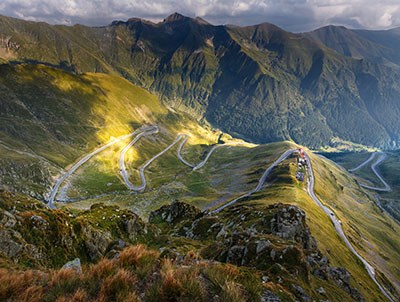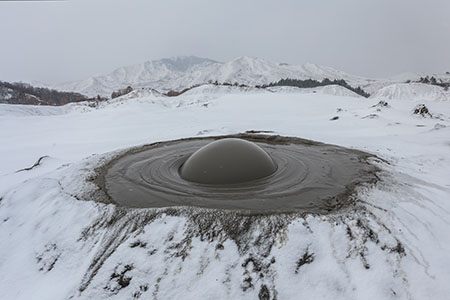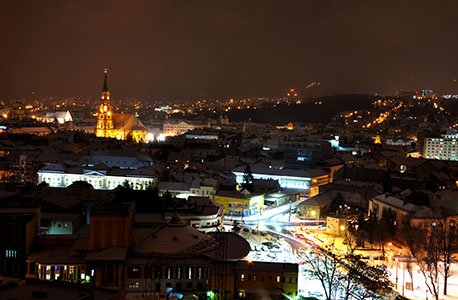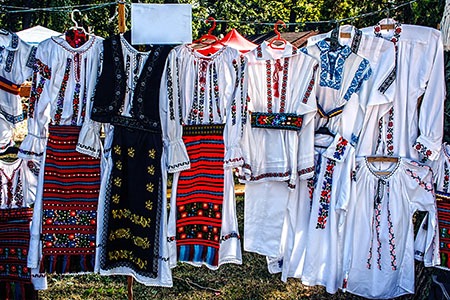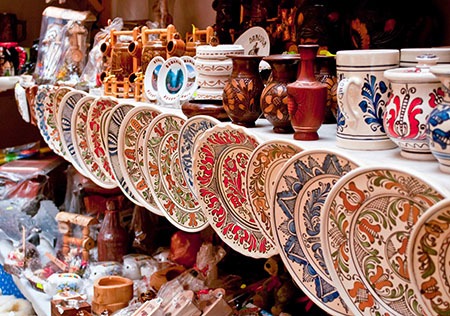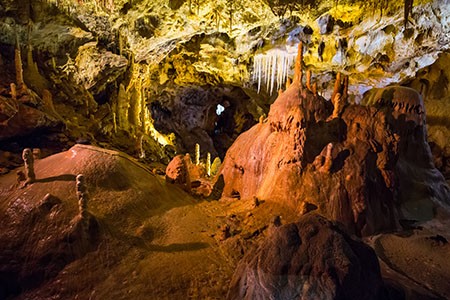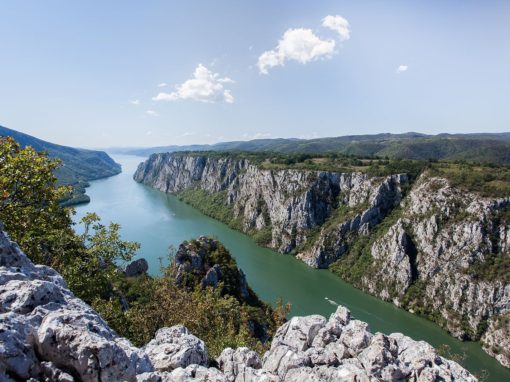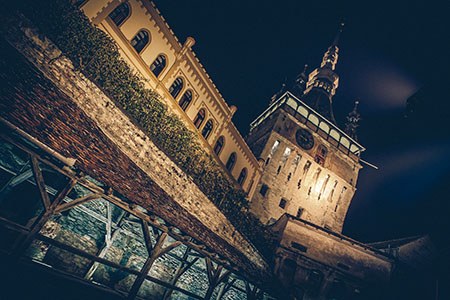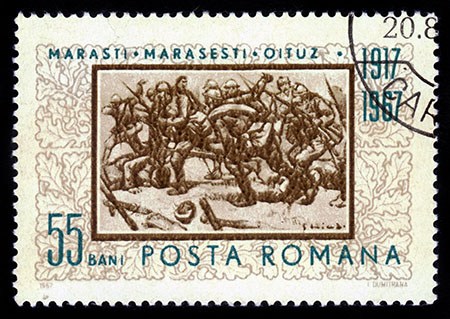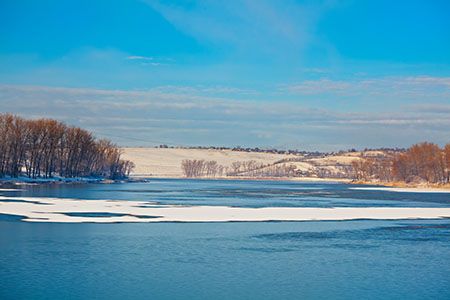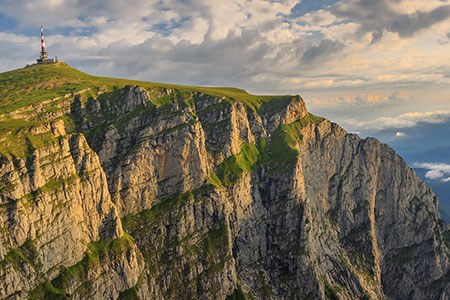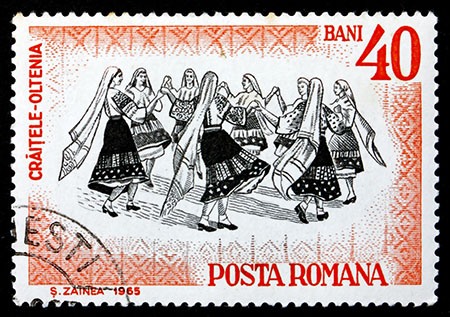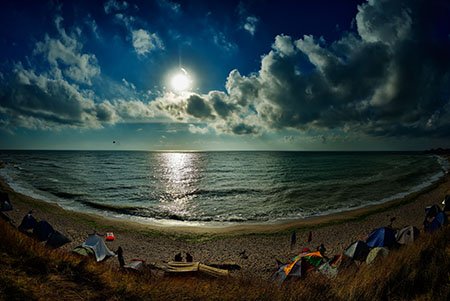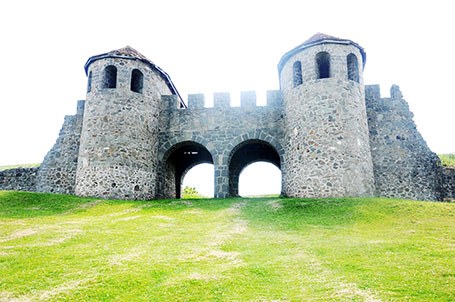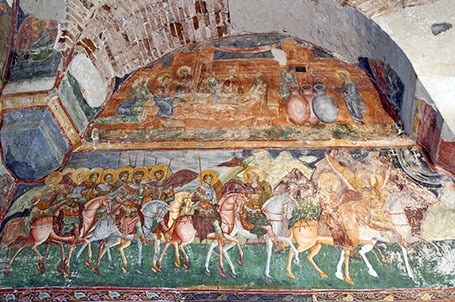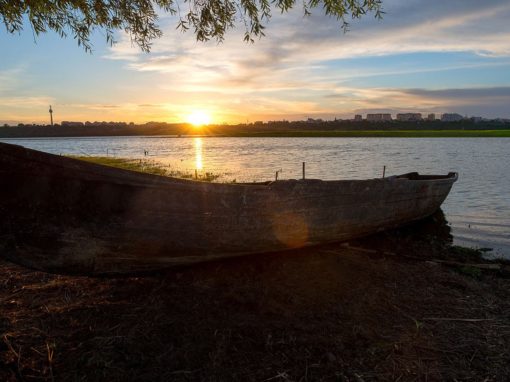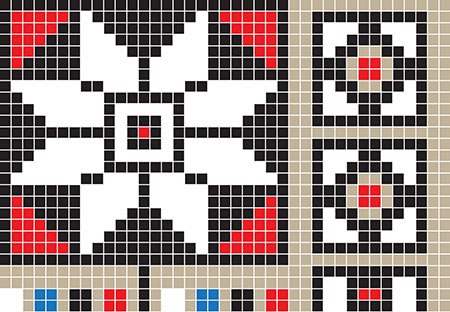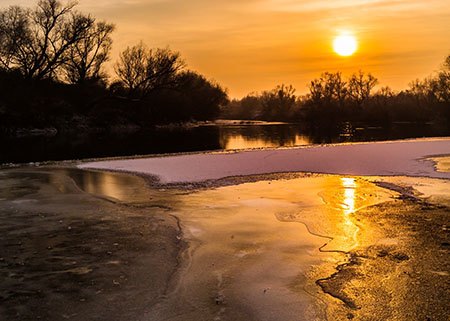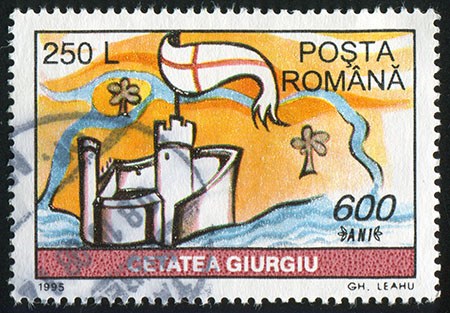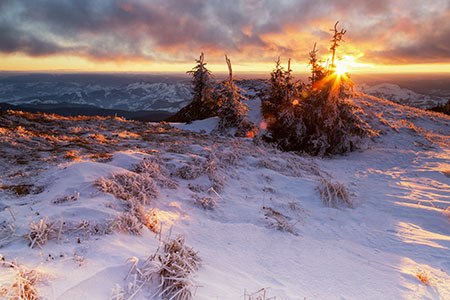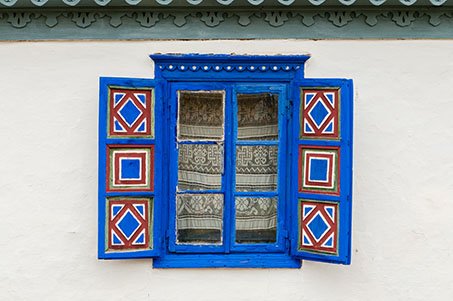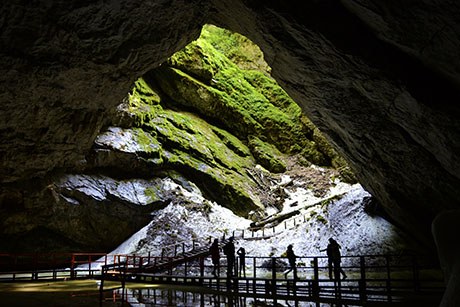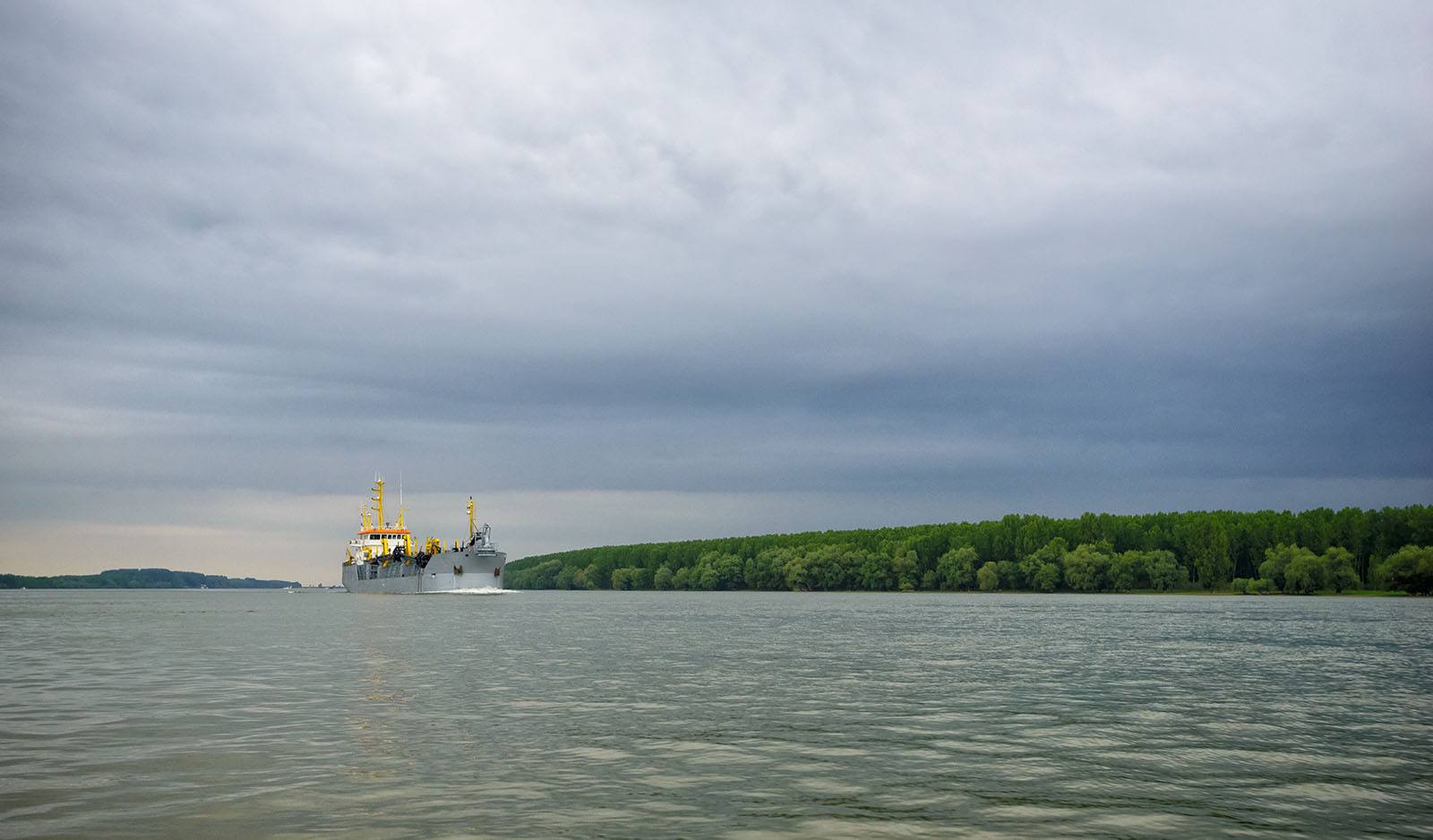
Danube, Galați
Danube promenade is the most attractive place of the town of Galați, the county seat. Here the residents and tourists come to admire the scenery, to attend various events or for jogging.
On Danube Cliff there is also a Museum Complex of Natural Sciences which includes a planetarium, an aquarium and a botanical garden. Part of the same complex is a zoo located outside the city.
Galați city’s history is linked to the name of the ruler Alexandru Ioan Cuza whose family home is situated here. The actual building was constructed over the former house of the ruler and preserves furniture, personal belongings of the prince and of his wife and also documents signed by the ruler. There are also exposed objects that belonged to Mihail Kogalniceanu, prime minister during the reign of Cuza.
One of the representative buildings of the city is Galați River Station built in 1912, whose intended primary destinations was to serve the river transport. The building is a premiere, being the first built in Romania on a monolithic reinforced concrete skeleton. Being known as the Palace of Navigation, the building currently houses the Romanian Company of River Navigation’s offices and various other institutions. It can be visited by tourists.
The symbol of the city is the fortified church St. Virgin (Sf. Precista), a historical monument, built during the reign of Vasile Lupu between 1643 -1647.
A more recent tourist attraction is Zătun Pond, place for fishing and recreation.
History passionate arriving at Galați can go to Bărboși where Siret flows into Danube, to see the Roman ruins discovered in 1958-1962.
One of the relaxing areas of Galați is Brateş Lake. Located at the confluence between Danube and Prut, the lake has an area of 24 sq km, being one of the largest lakes in Romania. There are several scientific hypotheses on the formation of the lake. Some of them claims his origin from an ancient sea, others link it to the warping of one of the flowing mouth of Prut into Danube. The legends does not missing. One of them has as main character the ruler Petru Rares and his idyll with a Tatar woman who lived in the area. Today the lake is a fishing and recreational area with facilities for beach, accommodation and playgrounds for children.
Another area for fishing and partly landscaped for recreation is the Hunters Lake.
If you arrive in Tecuci, one of the county towns, make a visit to the Museum “Teodor Cincu” whose themes are: history, archaeology, numismatics and fine art. History enthusiasts can admire the largest part of the collection belonging to the ancient citadel Piroboridava discovered in Poiana.
Ideal Escapes in Romania
